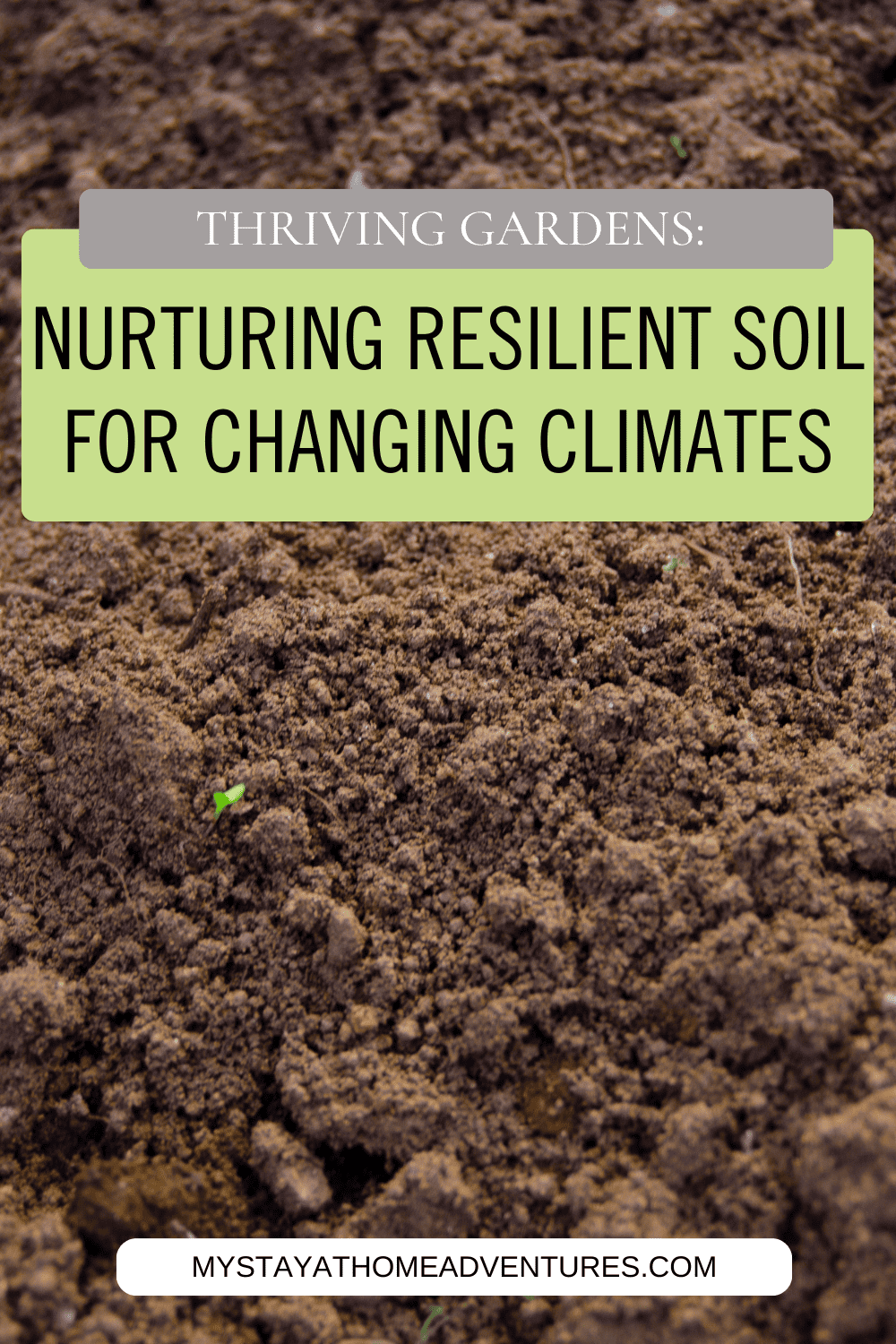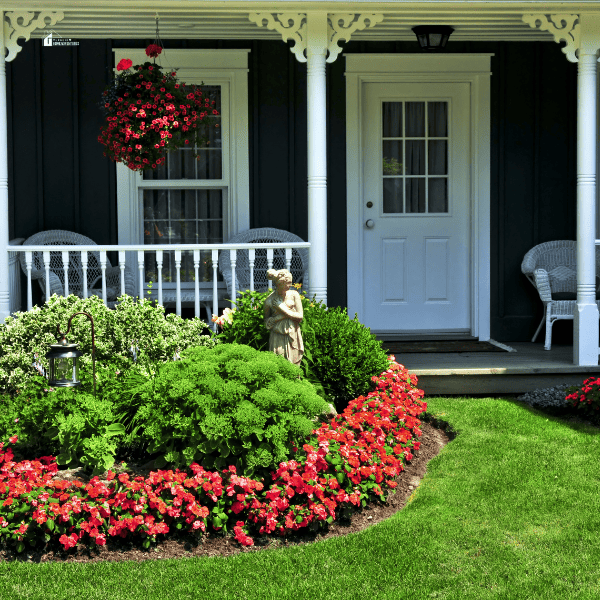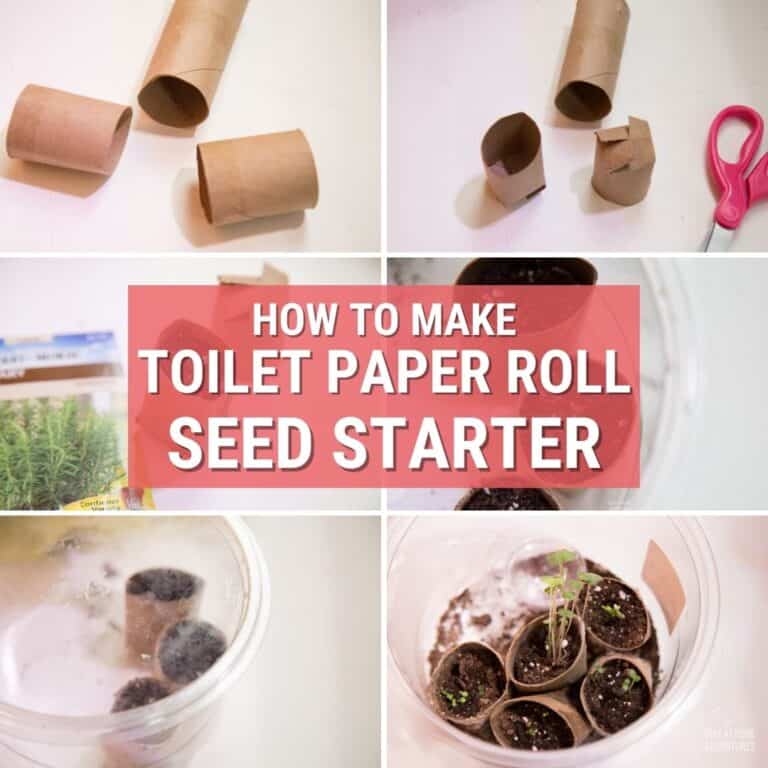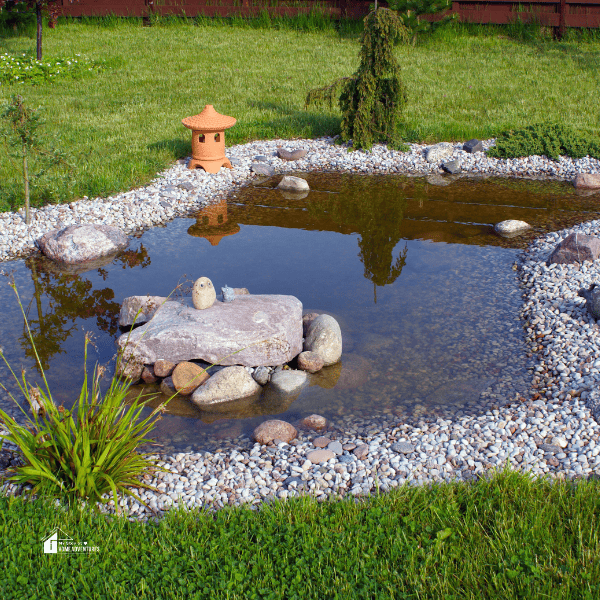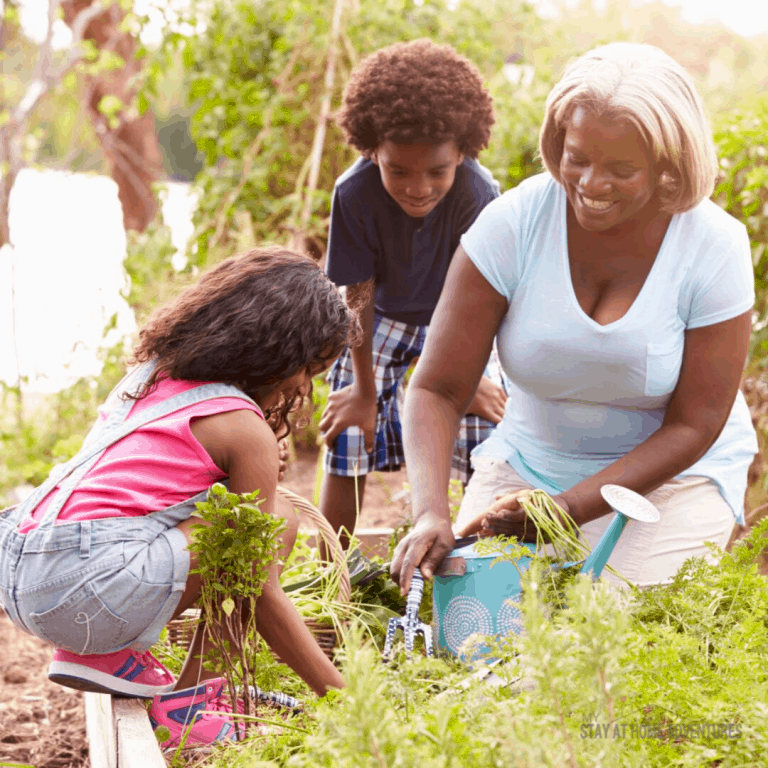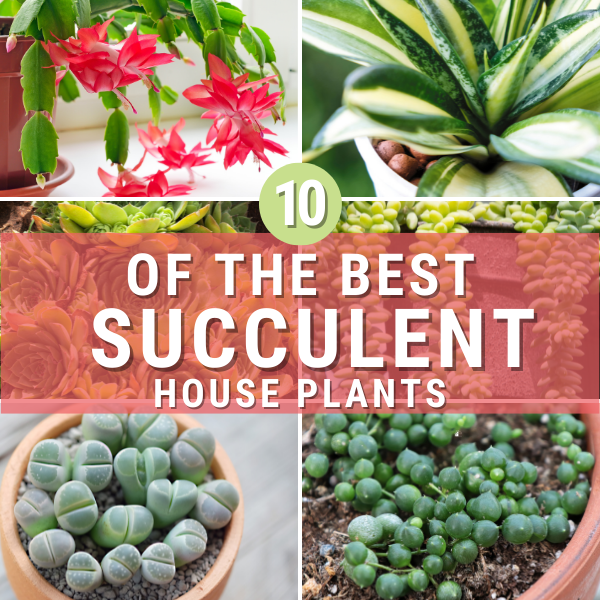Thriving Gardens: Nurturing Resilient Soil for Changing Climates
This post may contain affiliate links which might earn us money. Please read my Disclosure and Privacy policies hereThere's a growing concern among home and garden enthusiasts about how changing weather patterns affect our cherished green spaces.
One crucial but often overlooked aspect is the health of our soil. As temperatures fluctuate and extreme weather events become more common, our gardens face challenges like soil erosion, nutrient depletion, and water retention issues.
Let’s have a look at a few soil management techniques you can use to create resilient and thriving gardens despite these changing climates.
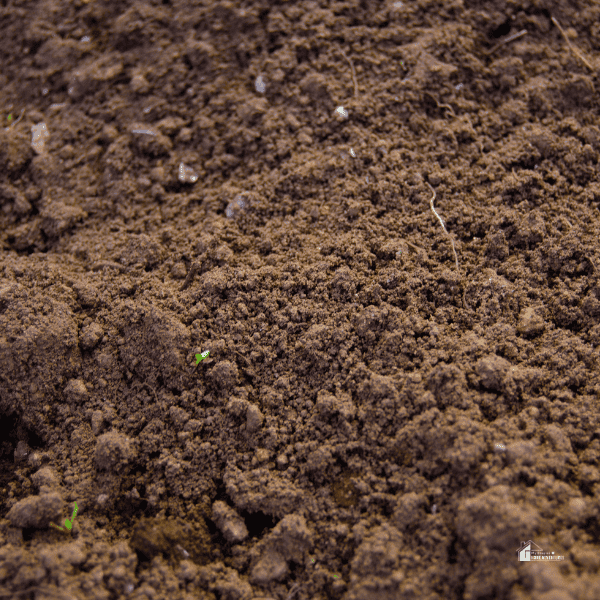
Adapting Soil Care Strategies
Less Digging, More Growing
Say goodbye to constant digging! Embrace no-dig gardening techniques to preserve your soil's structure and nutrients. Instead, try layering compost, mulch, and organic matter on top. This shields the soil, retains moisture, and nourishes it naturally.
By minimizing soil disturbance, these methods also foster a bustling community of beneficial microbes, enhancing your garden's vitality.
Cover Your Ground
Protect your soil like a cozy blanket by planting cover crops between seasons. These hardworking plants prevent erosion, enrich the soil, and attract beneficial insects, promoting a healthier garden ecosystem.
Additionally, cover crops act as natural weed suppressants, reducing the need for herbicides and promoting a more balanced, chemical-free garden environment.
Mix It Up with Diversity
Shake things up in your garden by rotating different plants and flowers. This helps maintain soil nutrients, reduces pests, and supports a more resilient soil structure.
Furthermore, diverse plantings attract a variety of pollinators, contributing to increased biodiversity and the overall health of your garden space.
Give Back to the Soil
Boost your soil's health by adding compost, kitchen scraps, or organic fertilizers. This not only feeds your plants but also improves soil structure and its ability to withstand weather challenges.
Moreover, incorporating organic matter nurtures a thriving underground ecosystem, fostering earthworms and beneficial microorganisms.
Introduce Some Green Partnerships
Consider planting trees or shrubs amidst your garden beds. This creates natural wind barriers, reduces soil erosion, and adds a touch of biodiversity to your landscape.
In addition to these benefits, larger plants like trees contribute to shading, offering relief to more delicate plants during scorching summer days.
Smart Gardening Tech
Embrace technology to optimize your garden's health. Tools like soil sensors or apps help you understand your soil's needs better, making watering and fertilizing more precise and efficient.
Moreover, these technological aids assist in tracking and analyzing trends in your garden's soil health, empowering you to make informed decisions and adjustments for its overall well-being.
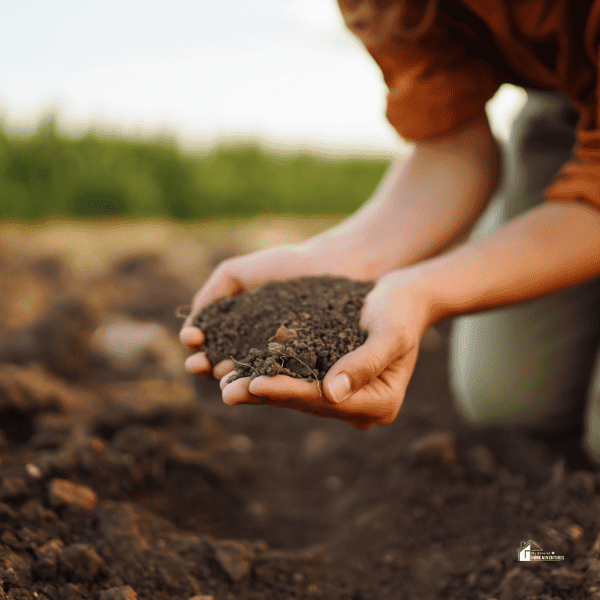
Challenges and How to Overcome Them
Sure, implementing these changes might seem overwhelming, but it's all about taking small steps!
Start Small, Aim Big
Begin with a patch or a few beds; experiment with one or two techniques at a time. Gradually expand as you become more comfortable and confident in your soil nurturing skills.
Remember, every small change contributes to the larger health of your garden over time.
Community Connections
Join local gardening groups or communities. Share experiences and learn from others, as this can be both insightful and encouraging. Engaging with fellow gardeners not only provides valuable insights but also fosters a sense of camaraderie and support in your gardening journey.
Educate Yourself
Dive into gardening blogs, attend workshops, or watch videos. Learning about soil health and management can be both fun and empowering. Stay curious and open to new ideas; gaining knowledge about different soil techniques will boost your confidence and help you adapt strategies that suit your garden's specific needs.
Moreover, exploring various sources of information can introduce you to innovative and creative approaches to soil care.
Purchasing Topsoil: What to Consider
When it comes to nurturing a garden, the quality of the topsoil you use plays a vital role in the successful growth of your plants. Here are some considerations when purchasing topsoil:
- Quality Over Quantity: Prioritize quality over quantity. Opt for topsoil that is rich in organic matter and nutrients. Look for a dark, crumbly texture that indicates a healthy soil structure.
- Check the Source: Inquire about the source of the topsoil. Ensure it comes from a reputable supplier and is free from contaminants, pesticides, or harmful materials that could harm your garden ecosystem.
- Ask About Composition: Understand the composition of the topsoil. Ideally, it should contain a balanced mix of sand, silt, and clay for proper drainage, moisture retention, and aeration.
- Assess pH Levels: Check the pH levels of the topsoil. Most plants thrive in a slightly acidic to neutral pH range. Ensure the topsoil matches the requirements of the plants you intend to grow.
- Consider Local Varieties: If possible, opt for locally sourced topsoil. It often aligns better with your region's natural soil composition and can better support local plant species. If the supplier offers a topsoil delivery service, then that's another advantage to consider.
- Ask for Recommendations: Seek recommendations from experienced gardeners or professionals. They might suggest specific topsoil types suitable for your garden's needs and offer valuable insights based on their experiences.
Remember, while purchasing topsoil can be convenient, improving your existing soil through composting and organic matter incorporation remains a sustainable and cost-effective alternative for long-term soil health.
By being mindful of these factors when purchasing topsoil, you ensure that your garden gets the right foundation for growth, setting the stage for a vibrant and flourishing landscape.
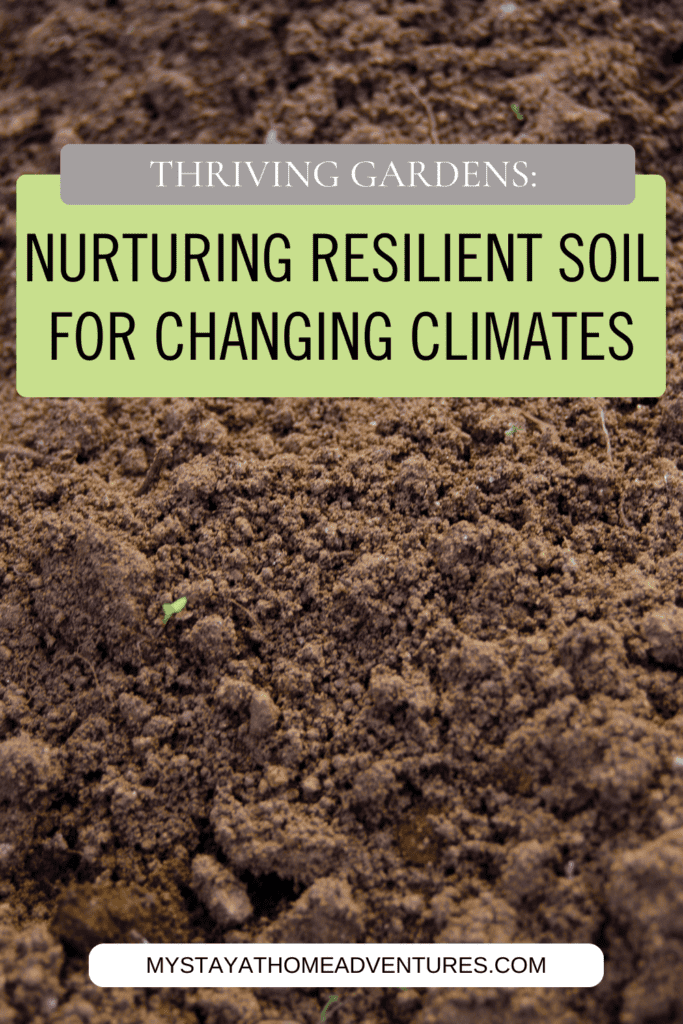
Conclusion
In a world where climate change affects even our gardens, nurturing healthy soil is key to creating thriving and resilient green spaces at home.
By adopting simple, nature-inspired practices and embracing a bit of technology, you can turn your garden into a resilient haven despite changing weather patterns. Let's build soil that supports not just our plants but also the beauty and vitality of our precious gardens.

